In 1607, Galileo tried to measure the speed of light. He asked two people to stand on two hills one mile (1.6 km) apart, each with a light. The first person raised the light first, and the second person immediately lifted his lamp after seeing it. The time interval from the first person holding the lamp to the time when he sees the second person's lamp is the time when the light travels two miles. The distance divided by the corresponding time is the speed at which the light travels. But the speed of light is too fast, the time to spread two miles can not be measured at all, the time to lift the lamp is far greater than the time of light propagation. Galileo concluded at the time that the speed of light was at least 10 times faster than the speed of sound.
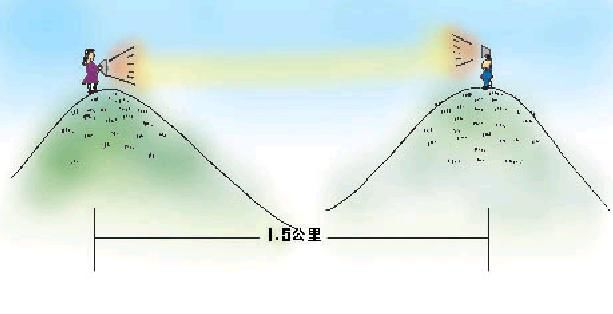
Figure 1 Galileo photometric speed
In 1675, the Danish astronomer Romer observed the eclipse time of the Jupiter satellite and the relative position of the Earth and Jupiter. He concluded that this is because the relative distance between the Earth and Jupiter caused the time of light propagation to be different, based on this time difference. The speed of light is 200,000 kilometers per second. The result of more than 300 years ago, no laser and modern optical means, very amazing! Until 1849, the physicist Fissau used the rotating gear method to measure the speed of light more accurately. Since then, physicists have continued to improve the technical means, using the rotating prism method to obtain more and more accurate speed of light. Now we know that the speed of light is 2.998x108 m / s, which can circle the earth 7 and a half. At such a fast speed, of course, Galileo's method cannot be measured.

Figure 2 Rotating gear method for measuring the speed of light
Today, we try to measure the speed of light in the simplest way in the kitchen, just a magazine, a microwave oven and a thermal imager. Both light and microwave are electromagnetic waves that propagate at the speed of light. The middle school physics textbook tells us that the speed of wave propagation is equal to the wavelength λ multiplied by the frequency ν (c = λ * ν). If we know the wavelength and frequency of the microwave, we can calculate the speed of light.
So how do you measure the wavelength of a microwave? In the microwave oven, the microwaves reflect back and forth in the furnace cavity to form a standing wave. The length of each period is the wavelength of the microwave, and each wavelength includes a peak trough and two nodes with zero energy (Fig. 3). The microwave energy at the peak trough is the highest, so there are two energy maxima in one wavelength and the heating intensity is the largest. We can use a thermal imaging camera to observe the temperature distribution of an object after it is heated. The principle of a thermal imaging camera is to form an intuitive thermal image by detecting the thermal radiation of the object. The distance between the adjacent highest temperatures is measured on the thermal image, and multiplied by 2 is equal to the wavelength.
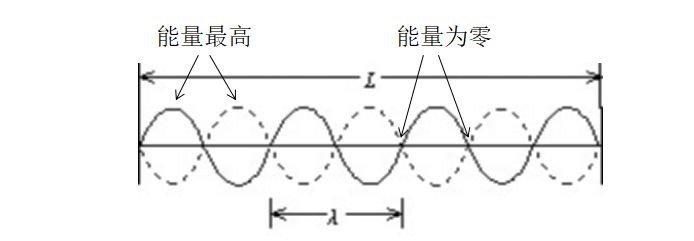
Figure 3 Standing wave in the microwave oven
With this knowledge, we are now measuring the speed of light. First remove the rotating tray in the microwave oven and place a magazine vertically in the microwave oven (Figure 4). After heating for more than ten seconds, the furnace door was opened and the temperature distribution on the magazine was recorded with a thermal imager. The experiment used the C1 thermal imaging camera of Giant Brother Electronics, which can be inserted into the mobile phone to capture the temperature distribution (Figure 5).
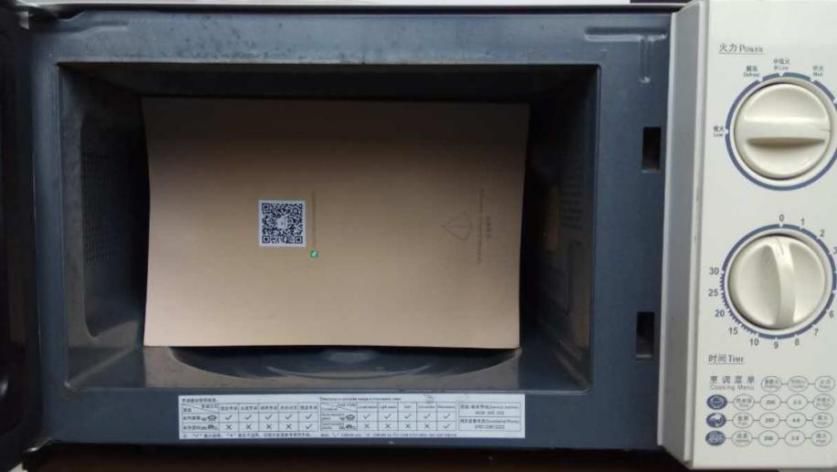
Figure 4 The magazine is placed vertically in a microwave oven for heating
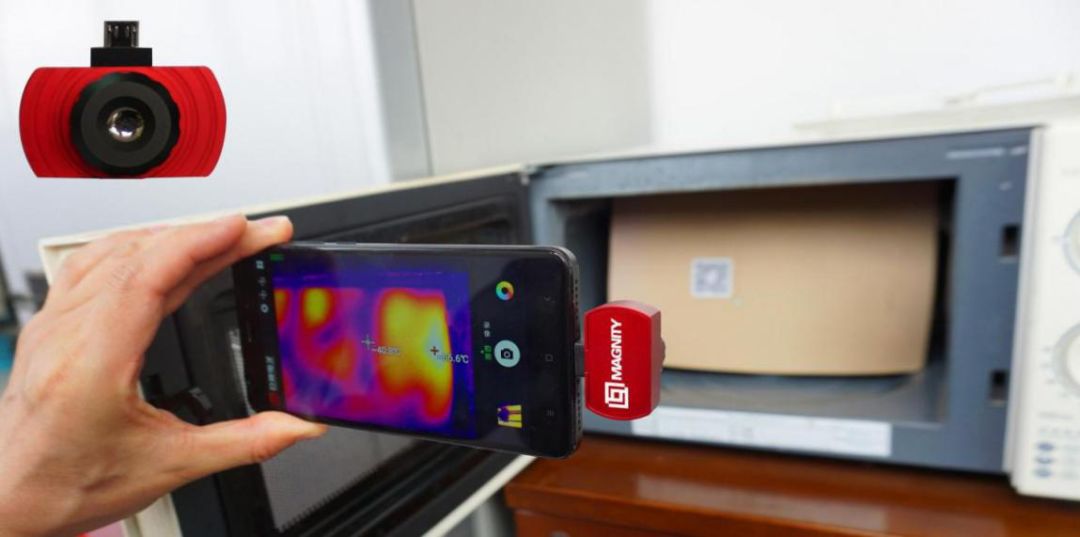
Figure 5 Using a thermal imaging camera to capture the temperature distribution after the magazine is heated
The two thermal images of Figure 6 correspond to the results of two experiments when the magazine is placed at different positions. The brighter the place, the higher the temperature. Due to the existence of standing waves in the three directions of length, width and height, they superimpose each other, resulting in a high temperature point which appears to be disorderly distributed as a whole. However, it can still be seen that the heating temperature has a significant periodicity. We use the dotted line mark, which reflects the standing wave characteristics of the electromagnetic field distribution in the microwave oven. Since the left side of the cavity of the microwave oven is concave (Fig. 4), the periodic structure is also convex to the left.
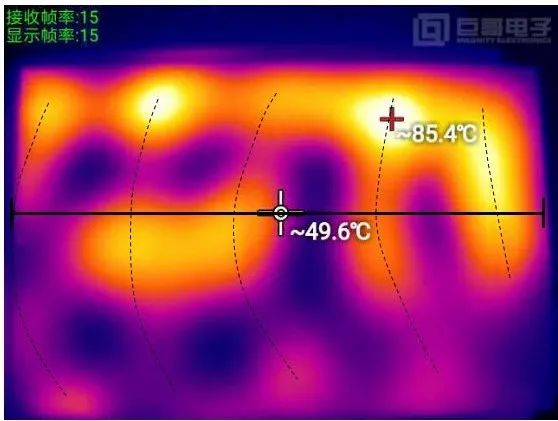
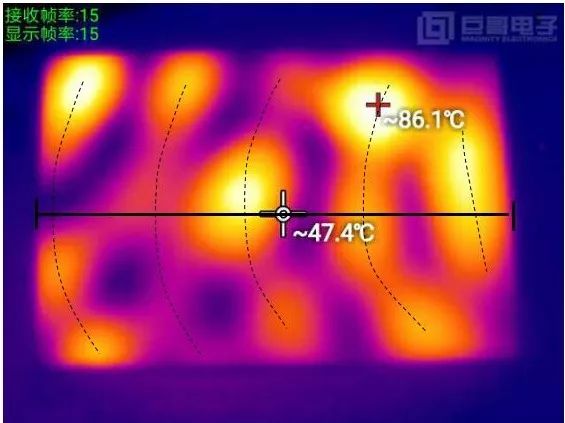
Figure 6 Temperature distribution of the magazine after being heated at different locations
The length of the measurement magazine is 27.8 cm (Fig. 7), corresponding to the horizontal horizontal line in the middle of Fig. 6. According to the geometric relationship in the thermal image, the distance between the maximum values ​​of adjacent temperatures is about 6 cm (the average distance between the dashed lines in Fig. 6). In fact, in the vertical direction, we can also roughly see the maximum temperature of the upper, middle and lower lines, and the interval between them is also about 6 cm. It can be seen that the wavelength of the microwave is about 12 cm.
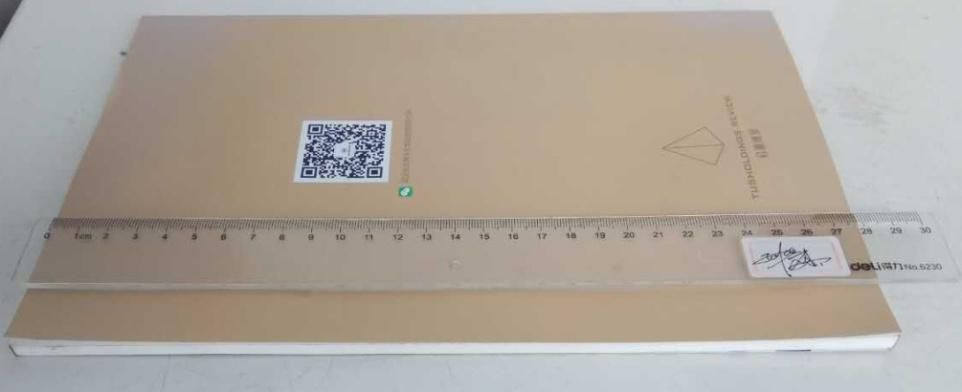
Figure 7 Measuring the length of the magazine
We found a sticker for the microwave oven parameters at the rear of the microwave oven. The nominal frequency is 2450MHz, which is the standard frequency for general microwave ovens. So we get the speed of light = 0.12 m x 2450 MHz = 2.94 x 108 m / s, very close to the actual speed of light.
Based on the actual speed of light calculation, the half-wavelength exact value of the 2450 MHz microwave is 6.12 cm. The microwave oven manufacturer will design the cavity length according to an integer multiple of 6.12 cm at half wavelength to excite the standing wave of the highest energy. You can verify the cavity length in the three directions in the microwave oven at home. What's more interesting is that in the above experiment, when we put the magazine in different positions and directions to heat, and then use the thermal imager to measure the temperature distribution, we can obtain the distribution of the electromagnetic field energy in each section, thus depicting the microwave oven. The stereoscopic distribution of the electromagnetic field energy of the entire space, the interested readers can also try it.
smart Touch Screen whiteboard for meeting room and classroom,smart Interactive Whiteboard for conference video system and teaching;Science is changing our world.with the development of touch screen technology,LCD touch screen becomes an important part of our life.Our LCD interactive Smart board are widely used for conference video system,teaching multimedia equipment and advertising display.Smart digital whiteboard,android and windows dual system,10-20 points infrared touch screen,built-in wifi module,LAN internet access,4K HD display images,digital smart board,movable bracket,mobile PC laptop projection,wired and wireless connection,HDMI VGA AV-IN AUDIO IN/OUT USB Touch and all mainstream interfaces.a smart interactive whiteboard can help us work and teach more efficiently.Companies,schools,universities,exhibition centers,business centers,our smart electrical board can be used everywhere.
smart board,smart interactive flat panel,smart touch screen interactive,smart interactive whiteboard
Jumei Video(Shenzhen)Co.,Ltd , https://www.jmsxdisplay.com
![<?echo $_SERVER['SERVER_NAME'];?>](/template/twentyseventeen/skin/images/header.jpg)